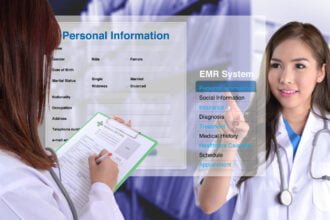The FDA launched an impressive patient network website this month, after nearly four years of research, focus groups, usability testing and more. The twin goals for this website are promoting the educational mission of the FDA, and promoting opportunities for patient advocacy within the FDA — and earlier in the policymaking process than has been the case historically. James Valentine, Program Analyst in the Office for Health and Constituent Affairs put it simply and forcefully in a recent telephone conversation: “The idea is to engage the patient community, to have the patient voice heard at the FDA.”
Historically, the agency has been working with patients one-on-one, by phone and email, often when an extremely ill patient is seeking information on clinical trials or access to investigational products. The goal is to broaden the field of engagement. The agency has had patient representatives on its advisory committees since the late 1980s — an innovation that came about as part of the response to AIDS/HIV — and patient involvement in the FDA’s processes were further formalized in the late 1990s, as part of Clinton-era cancer initiatives. There are now about two hundred patient representatives involved in over 110 disease areas.
The FDA Safety & Innovation Act (enacted in mid-2012) mandates the involvement of patient representatives in roles beyond those of the advisory committees. Draft procedures for patient involvement are due to be made public in September of this year, according to Valentine. Unlike opportunities for patient involvement in other government agencies, the FDA recognizes patient representatives on advisory committees (and in the new roles) as consultants — just as scientific and clinical experts brought into the FDA process are recognized as consultants — and this means that patients involved in the FDA processes in an official capacity are paid for their time and expenses.
Aside from this new program, the website really just puts a patient-friendly face on an existing set of resources — clinical trials, investigational products, and more — but the improvement is quite welcome.
While the new website is a gateway to the FDA, Valentine assures us that “the Office of Health and Constituent Affairs is still here to help patients navigate the agency.”
The first FDA Patient Network live chat will be a town hall meeting with staff from the Office of Health and Constituent Affairs on May 21 at 3:00 p.m. EDT. Future chats will feature staff from throughout the agency.
Here’s hoping that the FDA will carry through on the promise of online openness.
A version of this post first appeared on e-patients.net, the blog of The Society for Participatory Medicine.







